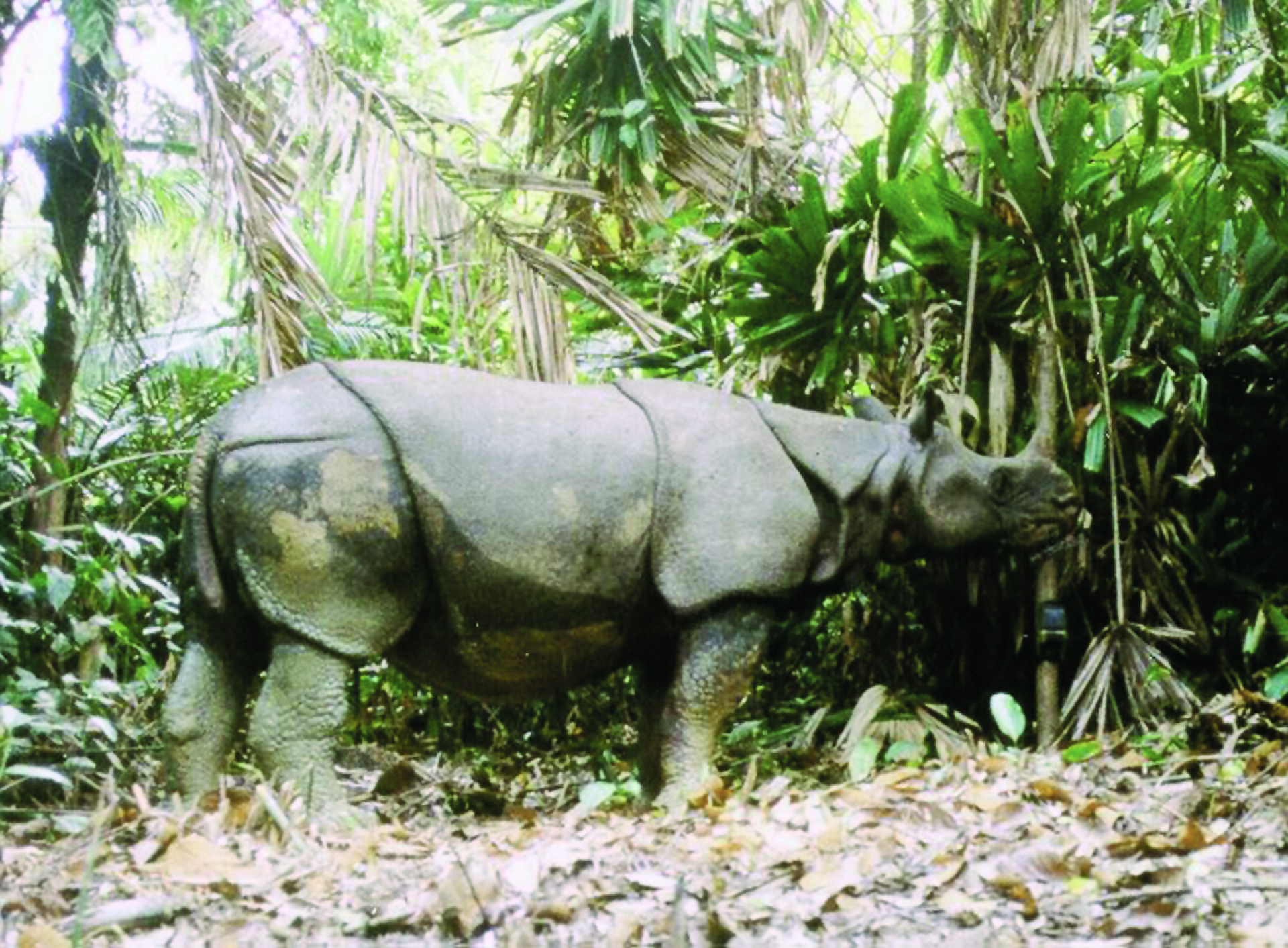Javan rhino are on the verge of extinction. They are currently restricted to the island of Java in Indonesia. Unfortunately, this is a bigger issue than a rare species that is likely to vanish from Java in the near future.
Up until the middle of the 1800, this rhinoceros species was found Java and Sumatra and onto the mainland of Southeast Asia and Indochina, northwest into East India, Bhutan, and the south of China.
Now, one might argue that many species had wider ranges 150 years ago, but the Javan rhino only declared extinct in Vietnam, back in 2010. In other words, just 13 years ago this species lost its last hold on the Asian mainland. Their closest relative is the Indian greater one-horned rhino (though this is not a recent split, they are separate species).
Now they are restricted to one national park in Java which sits on the far western tip. Here, lies the Ujung Kulon national park, a wilderness covering 1206km2 (466miles2) though 443km2 (171miles2) of that is marine. In this wilderness, roams the last Javan rhinos on the planet. It is currently thought that there are 74 of them in this area. It should be noted that the population has grown since the below video was made – mentions the population as 73.
Furthermore, the Javan and Sumatran Rhino species are not closely related, indeed with the Sumatran Rhino, it is thought to be more closely related to the African rhino, rather than the Asian Rhino species.
Below is an incredibly rare bit of footage of Javan rhino in their small patch of remaining wilderness, from a charity called SAFE (Saving Animals From Extinction).
Other animals found here include 35 endemic mammal species can be found in the park, including the banteng, silvery gibbon, Javan lutung, Crab-eating macaque, Javan leopard, Sumatran dhole, Java mouse-deer, Javan rusa, fishing can and smoothcoated otter. There are also 72 species of reptiles and amphibians and 240 species of birds












